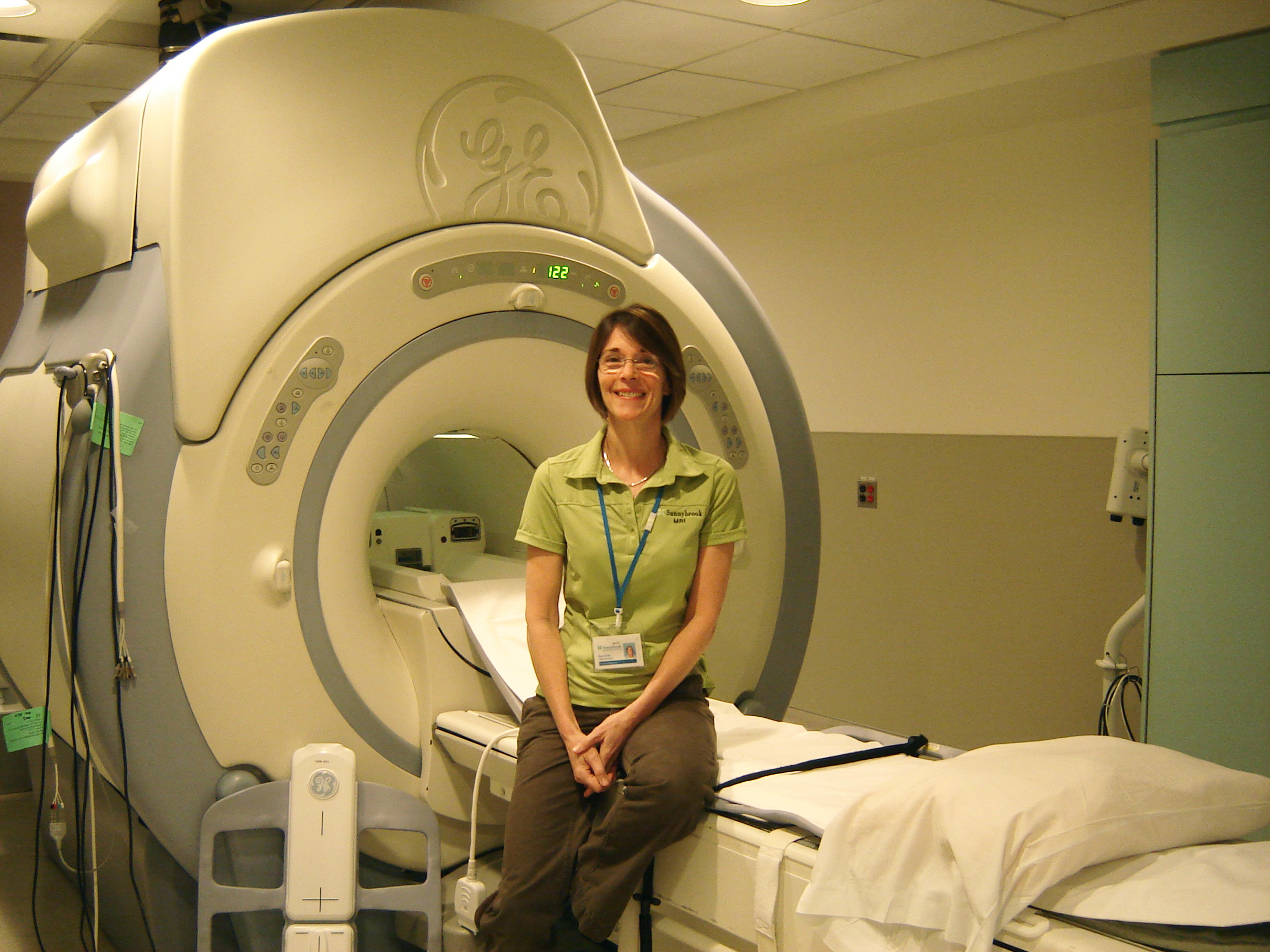What's It Like To Be an MRI Technologist?
So you want to be an MRI technologist?
An aspiring MRI technologist first has to complete a graduate certificate in magnetic resonance imaging (MRI) at an applied health sciences institute, such as the Michener Institute in Toronto.
Admission requirements vary from institution to institution, but generally an applicant must have certification as a technologist in nuclear medicine, radiation technology or radiation therapy; be a certified sonographer; or be a graduate of a degree or diploma program in radiation sciences.
To work as an MRI technologist in most provinces, graduates must write the MRI National Certification Examination conducted by the Canadian Association of Medical Radiation Technologists.
Tell me about your job.
I have three distinct roles. The first is as a research technologist in the vascular biology imaging research group, coordinating and scanning patients for research projects. The other roles are clinical coordinator, which involves looking after students placed here, and clinical technologist.
MRI images are absolutely fascinating. The physics behind it is really interesting, and I love the patient contact.
Tell me more about those aspects—the patient contact and imaging.
Many patients are terrified at the prospect of undergoing an MRI scan. They’ve heard horror stories from friends or family who have had MRIs. They’re also fairly sick; most have cancer, given the type of population that gets referred here.
Initially, you need to take them through an in-depth screening to make sure it’s safe to take them into the magnet. You’ve got to be able to answer questions for them and tell them what the procedure will be like in a manner that calms them down. If patients are nervous, they won’t follow instructions well. A diagnostic scan requires the successful collaboration of both the patient and the technologist.
The next thing is what you need to show in terms of image quality and area for coverage. How can you fine-tune the technical parameters and work within the patient’s capabilities to optimize the image quality? Every case is unique to some degree, and you need to be focused on the images being produced and your patient’s condition. How are they tolerating the scan? Why does that image look the way it does? Is it real or is it an artefact?
Any other challenges?
Resources are scarce––that drives all the other issues we see. We’re always conscious of the schedule. Yes, while that patient is being scanned, in my mind, they’re the only thing that’s going on. But I also know that the clock is ticking, because there’s a whole room full of other patients who are scheduled and ready to go.
What personal characteristics are required?
You must have patience, be a multitasker and be extremely organized. Good communication skills are essential, because you have to communicate not only with the patient, but also with staff throughout the hospital.
What opportunities exist in your field?
If someone’s really interested in MRI, they will make it happen. But like in any other profession, you have peaks and valleys. Right now we seem to be at a valley portion where we have grads who may not get full-time positions right away. I think that there are always casual positions available. Having said that, the average age for MR technologists is mid-forties. There’s concern [from the Canadian Institute of Health Information] that there aren’t enough younger people to fill those ranks.
What do you like best about working here?
It’s the staff, professionalism … essentially the goodwill of everyone to work together to bring about the best outcome possible.
What are your interests outside of work?
For the last five years, I’ve been trying to perfect my swimming. Swimming is technically demanding. It’s a never-ending challenge for me to keep refining and improving on my technique.






